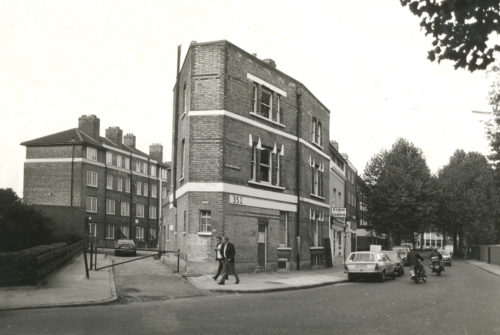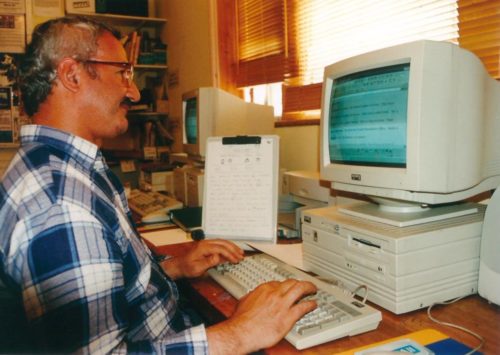 https://bedehouse.org.uk/wp-content/uploads/2020/04/Teenagers-at-Bede-1960s-or-70s-web-e1586456424292-1500x857.jpg
https://bedehouse.org.uk/wp-content/uploads/2020/04/Teenagers-at-Bede-1960s-or-70s-web-e1586456424292-1500x857.jpg
For over 80 years, Bede has worked to help Southwark people thrive. But our story begins even earlier…

A new form of charity work launches as Samuel and Henrietta Barnett pioneer London’s settlement movement. This sees volunteers from privileged backgrounds come to live among and assist low-income communities.

Clare College, Cambridge opens a mission in Bermondsey. It goes on to support Bede from the charity’s earliest days. Today, this link continues through internships and choral events.

Bede House is founded as a new settlement when Bermondsey’s Princess Marie Louise Settlement closes. Bede raises £400 to buy a former bakery that remains its main office to this day. The new charity is named after the Venerable Bede. This 8th-century scholar lived in Jarrow, a port area similar to Bermondsey and Rotherhithe.

Bede House serves as a communications centre during World War II. One of the few local places with a phone, it plays a vital role when Bermondsey and Rotherhithe suffer heavy bombing.

The London docks begin to close and new buildings replace damaged homes. At this time of social change Bede helps unemployed dockers, war veterans, families and young people.

Bede takes over former hospital Lady Gomm House to host youth clubs and events.

The purpose-built Bede Centre replaces Lady Gomm House. Bede can now expand its range of community activities.

Bede changes from a Christian-orientated to a secular organisation. Professional staff and volunteers now run the charity. Adult education becomes an important service.

Bede continues to develop its community services. The charity has always worked with young people and older residents. Now it adds support for those with learning disabilities and sufferers of domestic abuse.

Bede receives the Queen’s Award for Voluntary Service for its Inside Outside Project. Volunteers with a learning disability and housebound local people come together to help one another.

Bede is honoured to receive a Southwark Civic Lifetime Achievement Award. This marks its long commitment to the Old Metropolitan Borough of Bermondsey.